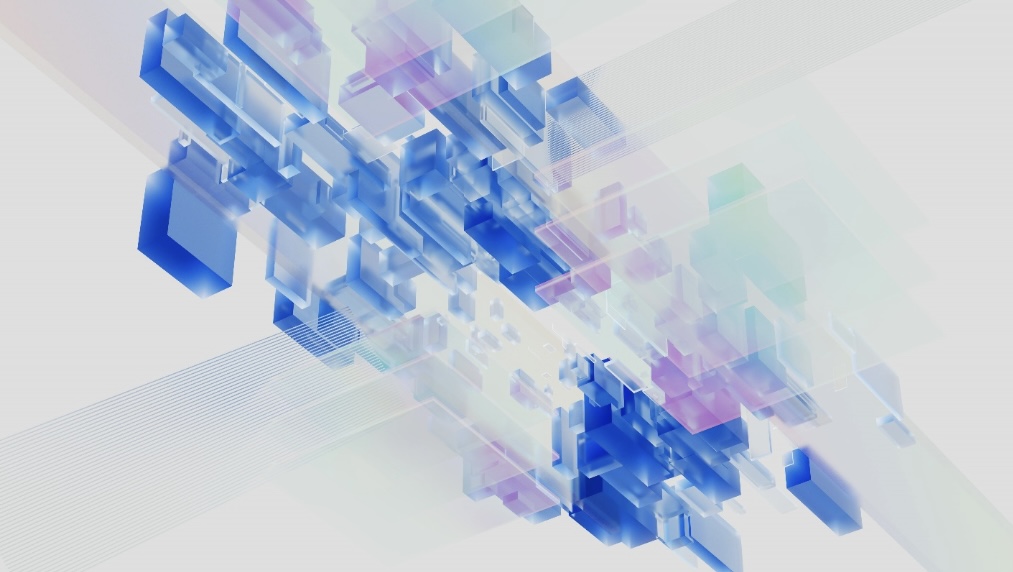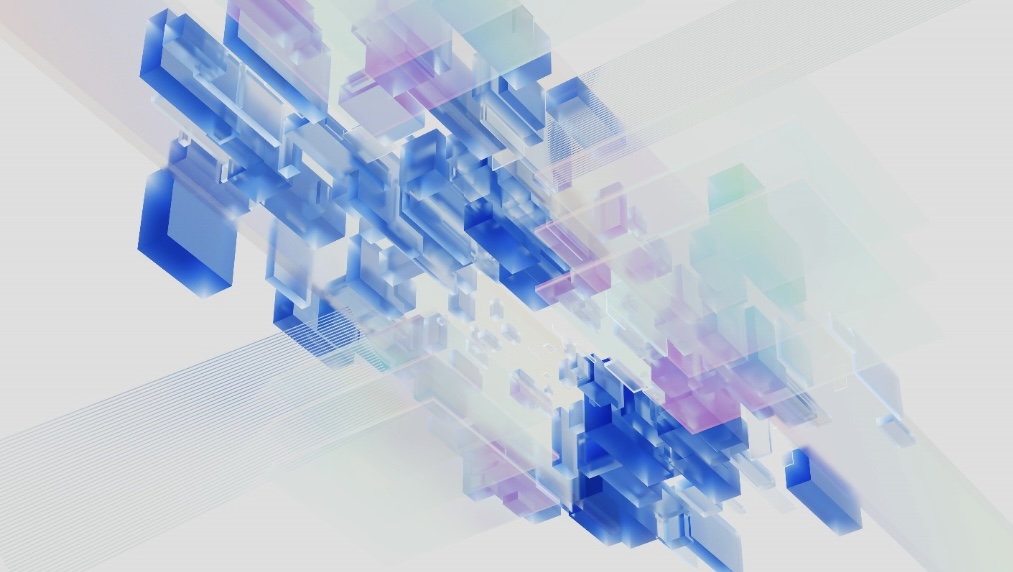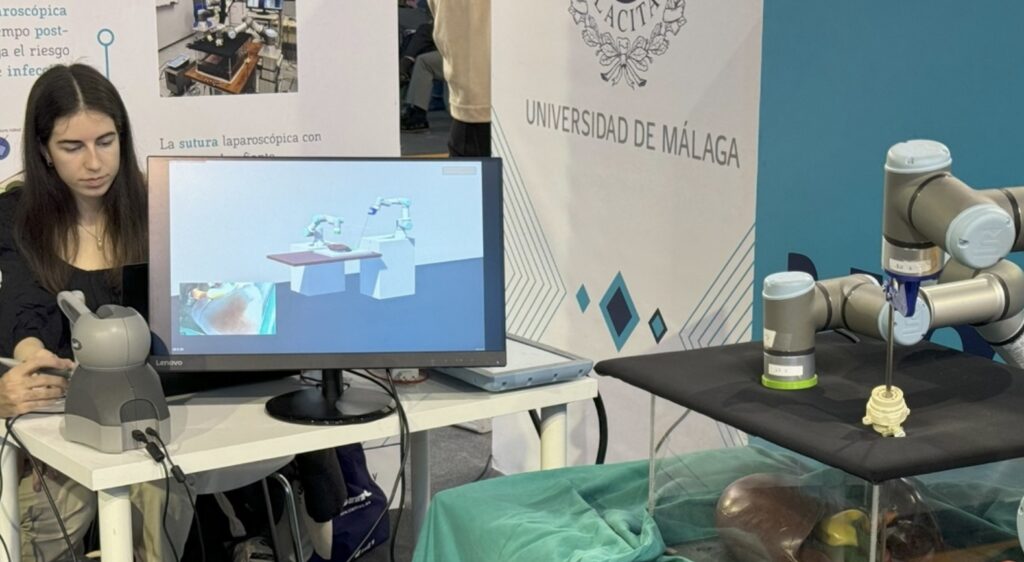Harnessing Digital Twin Technology to Revolutionize Education and Future Workforce Skills
The digital twin technology has significantly advanced in recent years, with one possible use being in general education. For learners, approaching sustainability through digital twins can significantly enhance understanding and retention, especially in STEM subjects, where visual representation aids comprehension. For educators, digital twins offer a dynamic platform for developing and delivering curriculum, making abstract concepts tangible and interactive to foster learner engagement. Moreover, using digital twin technology can be significantly important in VET education and its connection to Industry 4.0. It can enhance the knowledge, skills, and competences of VET learners. For teachers and trainers, it can improve the necessary knowledge and tools to implement digital twin-based practical and experiential learning, ensuring students achieve the competences needed. Lastly, for schools and training centers, it can facilitate the implementation of practical distance learning. In more detail, learning and using digital twin technology early on can help learners prepare for the future job market, as digital twins are increasingly used in various industries, including manufacturing, healthcare, smart cities, and logistics. Moreover, it involves understanding data analytics, IoT (Internet of Things), AI (Artificial Intelligence), and simulation, all of which are essential skills in the modern workforce. Another advantage of the digital twin technology is developing data literacy, offering insight on how to collect, analyze, and interpret data. Digital twin technology also involves discussions on data privacy, security, and ethical considerations, preparing students to navigate these issues in their future careers. Digital twin technology is also very closely linked to STEM education (Science, Technology, Engineering, Mathematics). Learners can see real-time simulations and practical applications of theoretical concepts, which enhances their understanding and retention. A hands-on approach can increase engagement and motivation, particularly in challenging subjects like physics, biology, and engineering. Cross-sector and overall useful skills for everyday life, such as critical thinking and problem solving, can also be enhanced. Working with digital twins requires understanding and managing complex systems, as well as analyzing different scenarios and predicting outcomes. Those skills can also be transferred in academic environments. Another advantage of digital twins is the adaptability it can offer. By simulating different learning paths and outcomes, educators can tailor instruction to meet individual learners’ needs. By receiving immediate feedback on their actions and decisions within a digital twin environment, learners can move on to quicker adjustments and a deeper understanding of the material. Interdisciplinary learning is also supported, as it involves subjects like computer science, engineering, mathematics, and environmental science. Innovation and digital twins go, of course, hand-in-hand: learners engage in project-based learning, where they design, build, and analyze digital twins, fostering creativity. This transfers to real-world problem-solving, by simulating and solving real-world problems, such as climate change, urban planning, and healthcare management, providing learners with a sense of purpose and relevance. Academic or theoretical research can sometimes feel out of touch with reality, and being able to imagine precise applications and solutions offers motivation. Last but certainly not least, all skills developed can foster future global competitiveness, as an early understanding of cutting-edge technology can help schools and training centers can cultivate the next generation of innovators and leaders. The DiTwin project aspires to do exactly that: offer an integrated system (modules, DiTwin System, supporting materials and training paths) to support VET teachers in implementing Digital Twin-based activities at school. Bibliography: Ağca, Rıdvan. (2023). Using digital twins in education from an innovative perspective: Potential and application areas. Education Mind. 2. 10.58583/Pedapub.EM2306, retrieved from https://www.researchgate.net/publication/376983460_Using_digital_twins_in_education_from_an_innovative_perspective_Potential_and_application_areas/citation/download Jin, S. (2021). DIGITAL TWINS AND THE FUTURE OF PRACTICAL EDUCATION, Amsterdam University of Applied Sciences, retrieved from https://digitalsocietyschool.org/project/digital-twins-in-practical-education/ Twinview (2024). Building Tomorrow’s Classrooms Today: How Digital Twins Are Reshaping Education, retrieved from https://www.twinview.com/insights/building-tomorrows-classrooms-today-how-digital-twins-are-reshaping-education



